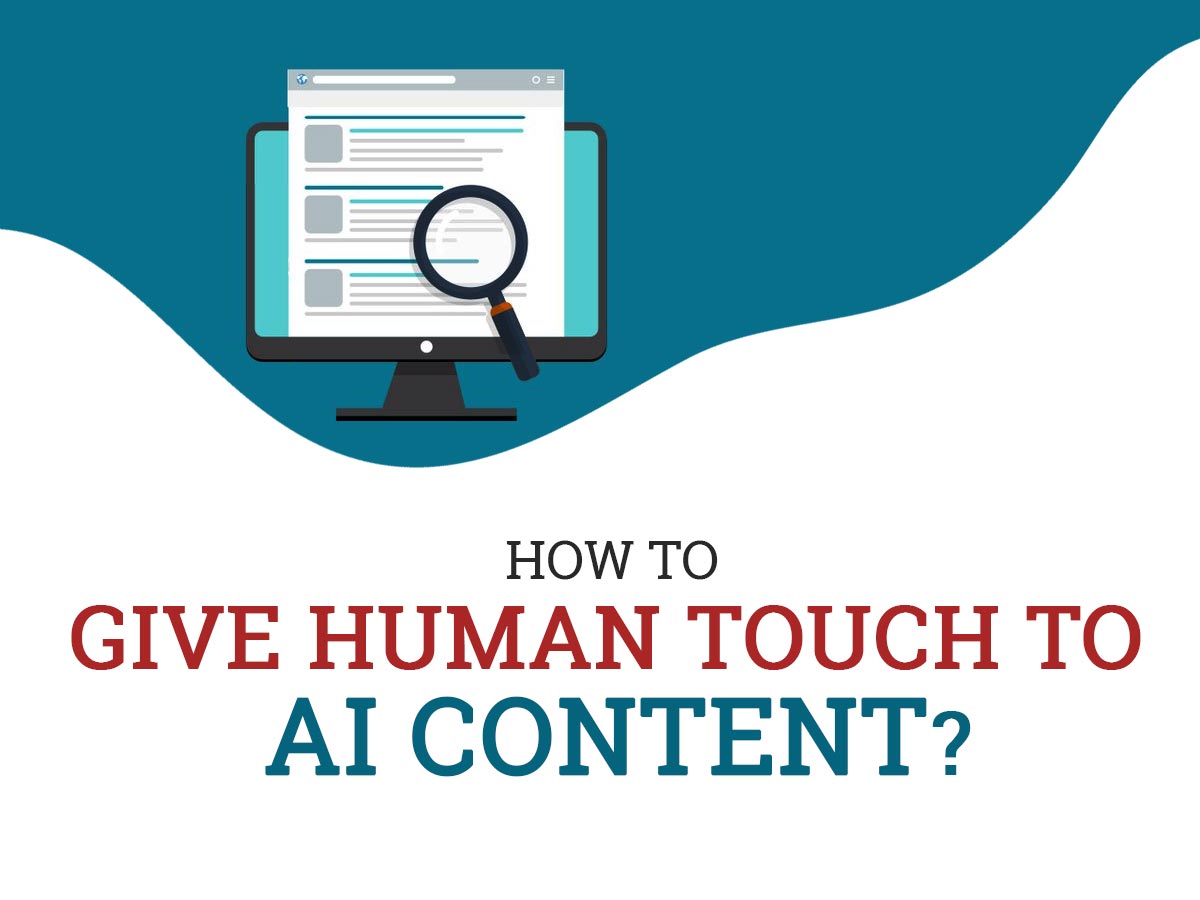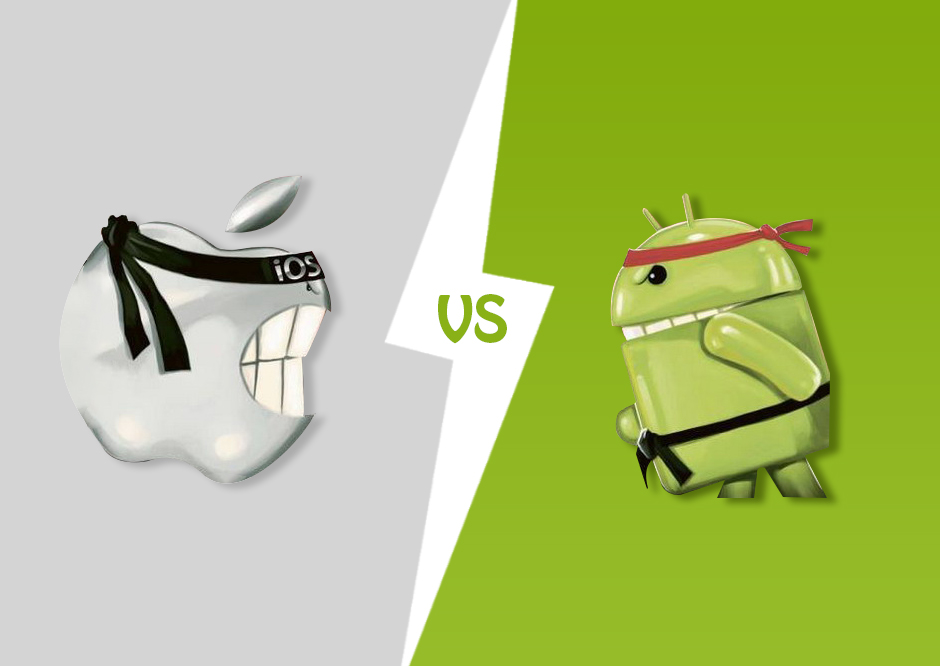The launch of numerous AI content writing (assistant) tools over the last decade or so has greatly disrupted the content writing field, as many content creators and companies engaged in content development & marketing have started using these AI tools to make their writing more efficient and fast.
If you’re also using an AI writing tool to generate content, make sure that you give it some human touch before publishing or using it anywhere. Here’s why.
Why is It Crucial to Humanise AI-generated Content?
Artificial Intelligence (AI) may sound extremely cool and be able to do many things, but it could be better. This is due to the fact that AI lacks the human ability of critical thinking, intent and creativity.
AI can create hundreds of words instantly, but it might fail when it comes to making content human-friendly such that it can personally touch readers and make a lasting impact.
In its (ChatGPT) own words, an AI language model “is limited by its lack of creativity, critical thinking, and empathy. Human content writers bring a level of creativity, intuition, and experience to their work that AI tools cannot replicate.”
Because AI-generated content lacks the crucial human touch, it cannot be regarded as nearly perfect, especially for marketing content and copywriting.
Another reason why AI-generated content needs human touch is that it lacks personalization. Content created by AI lacks personal touch, is often too plain, and might sound robotic, which people may not always like or find useful.
AI is still learning. There’s a lot AI doesn’t know yet. For one, it cannot tell much about a specific company or person who’s not famous.
It has also been noticed that AI tools may occasionally ramble, generate text that doesn’t make sense, and not follow your specific instructions.
Because AI lacks empathy, it may not be able to create content that really connects with your audience or fits your brand narrative and idea.
While AI tools are a great way to create high-quality, research-backed text on a particular topic or scenario in less time (faster than manual writing), the content generated by AI will still need to be edited and revised by a human writer to make it fit a particular context, or in other words, add a human touch to it.
Read on to know how to humanise AI-generated content.
How is AI-generated Content Different from Human Writing?
AI-generated content is content written by an Artificial Intelligence tool, which can prepare a unique piece of text on a given topic by learning from the information available in its database.
AI content is already being used by writers, digital marketers and organisations all over the world to create content for marketing and various other purposes.
While AI can generate unique content the same as human writers by using its reasoning, learning & decision-making capabilities, it lacks critical thinking and emotional intelligence and cannot understand the context of a piece of text unless specifically mentioned.
Because it’s a machine powered by algorithms and code, AI can generate content at a much faster speed than humans.
AI-generated content is created using a machine, but human-generated content is produced by a real person who uses his own creativity, experience, and knowledge to shape the output. Here are some of the key differences between AI-generated content and human writing:
Creativity: While AI algorithms can generate text based on existing data that follows a certain pattern or structure, they may lack the creativity and intuition that human writers possess.
Tone and style: Human-generated content has a unique tone and style that reflects the writer’s own experience and writing style. In contrast, AI-generated content tends to have a robotic tone.
Context: AI writing tools may struggle to understand the context (purpose) of a text, which can result in factual errors or misinterpretations.
Emotional intelligence: Human writing often has the ability to connect with readers on an emotional level and may be able to reflect empathy, humour, and/or inspiration. AI-generated content is purely logical and may lack human emotions.
How AI Generates Content?
AI generates new content through a feature called “content intelligence,” which enables it to understand the subject of a topic, research it to find helpful information and use the available data to create unique, compelling content and/or answers.
It collects & researches data from its own database, online information, social media, websites, etc., analyses data to find relevant answers, and modifies content to make it more effective in terms of value to the user.
AI can understand and learn from user behaviour and predict trends.
How to Add Human Touch to AI-generated Content?
AI is immensely beneficial, as it can help you generate a lot of relevant, marketing content very fast. All you have to do is personalise or humanise this content to make it fit your brand voice, idea and target audience.
1. Personalise Your Search

AI works simply on your entered query or the data you feed it. The more detailed context into a topic or subject you can provide, the better, more humanised content AI might be able to generate.
For example, if you only search “the best SEO marketing strategies” in AI, it will most likely give you generic content with SEO strategies that everyone knows about and is using.
However, if you can add more context to your search query like the details of the specific topics you want AI to write on when generating the content, the purpose of the content, and its target audience, you might be able to churn out AI-generated content that is, to some level, also optimised for humans.
Discuss with your team, find out unique ideas & points to add to your content, and tell your AI tool to use them.
2. Add Human Touch to AI-generated Content
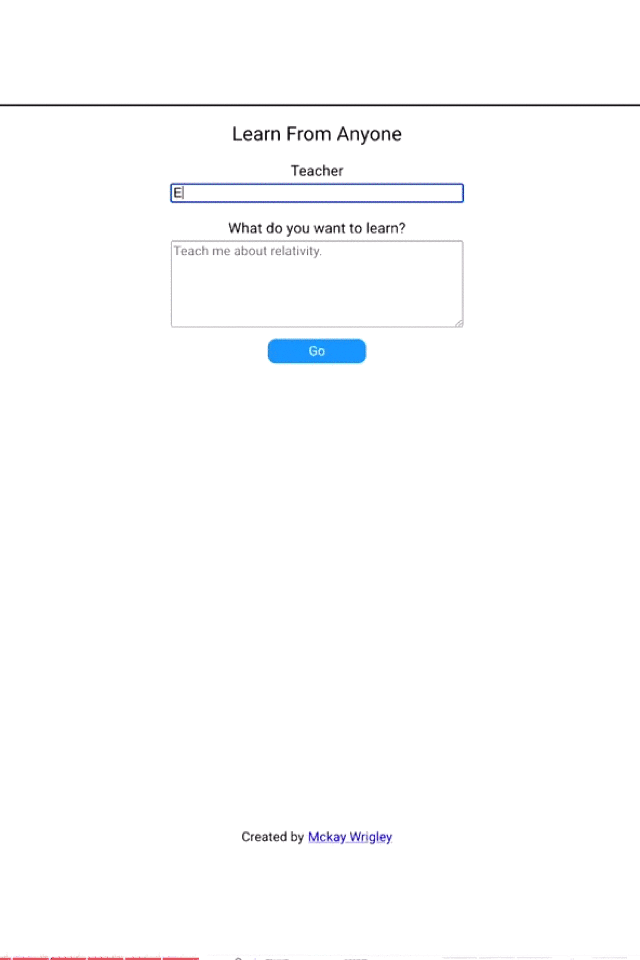
AI-generated content is in a style that seems robotic, i.e. something that a robot would say. It might also be repetitive, which means if you ask it to generate content on the same topic again and again, AI might start producing repetitive content.
To combat this, you need to ensure that your AI-generated content is modified to add a personal touch.
A research study reveals that most people will reject marketing content that doesn’t sound personal or is way too generic.
Your content should be able to communicate with your audience and stir their feelings. This is why AI-generated marketing content must always be edited by humans to add necessary context to it.
3. Treat AI-generated Content as a First Draft

Rather than accepting and publishing it as it is, consider AI-generated content as more of a first idea of the type of content you actually want to create.
Creating long content on a certain topic from scratch can be a big challenge for writers, especially when you need to create multiple contents on the same topic. AI can help by generating a lot of content in just a few minutes.
But, you should always treat AI-generated content as a first draft, which still needs a lot of work.
Once a writer has an initial draft, he/she will be saved from the need to create content from scratch and will only have to modify AI-produced content to enhance the user experience by adding humanisation and context.
When writing or editing content, writers can also use AI to produce draft content for specific sections in the article.
4. Add Your Brand’s Message & Voice
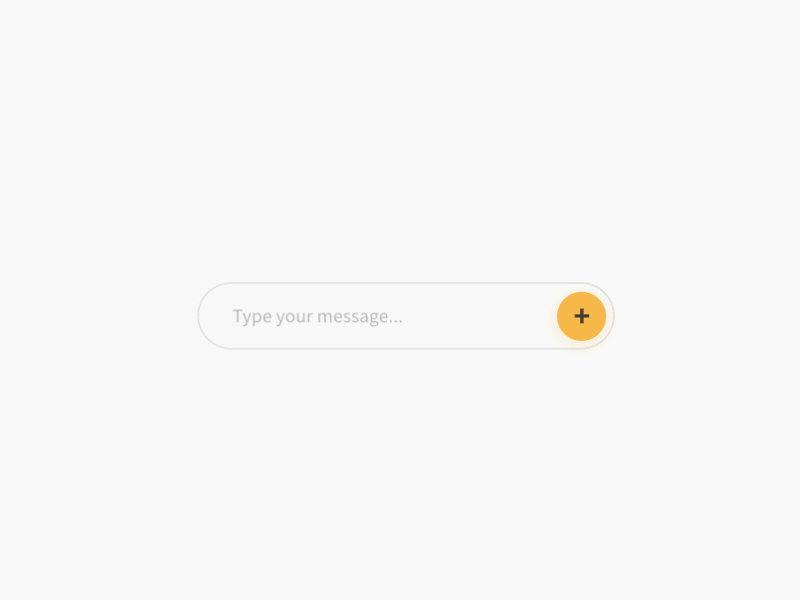
When modifying AI-generated content, it is crucial that you add your brand voice to it, i.e. the emotions and unique message that you want your audience to receive.
Each business has a unique personality. Your brand may need to be funny and friendly as opposed to serious and formal. AI cannot differentiate that in its content, which is why you must edit AI-created content to write in a casual tone (or a more formal tone if your brand wants to pose a serious image).
Content written by AI may be brilliant in terms of language and grammar, but it lacks friendliness and a personal touch, which only a human writer can deliver. By adding your brand voice to the AI content, you can make it sound more emotional and authentic.
5. Add Context

According to Google, Context means “the circumstances that form the setting for an event, statement, or idea, and in terms of which it can be fully understood.”
In the case of content writing, context is mainly about the purpose of the content or why it is being written in the first place and for whom.
AI can only create standard text on a topic but might not be able to understand the actual context of a topic or write for a specific target audience.
But, in marketing, it is crucial that content is written with target consumers in mind, otherwise, it may not be able to create the impact you want it to have.
What you need to do is modify your AI-generated content to add context in terms of who your target readers are and what message you want to deliver to them.
If you want your AI assistant to do the heavy lifting, provide an outline for every content you want it to write, including notes for each section containing details about context and your target readers.
6. Make It Easy to Read & Interesting

AI-written content will be in the form of long paragraphs full of text that may not be easy to read or sound too mechanical.
If you do not want your readers to quit after just one paragraph, you need to make the content more fun and easier to read.
To start with, break down long paragraphs into small paragraphs containing not more than two or three lines.
If the content sounds too robotic, try to humanise it by asking questions, giving personal examples, and starting conversations.
7. Personalise Every Type of Content for Every Stage of the Sales Funnel

Humanising AI-generated text is not just limited to marketing content but is true for every type of content written for every purpose.
Personalised experiences are a big thing in the consumer space right now. Customers love it when brands go one step ahead to deliver personalised experiences through their content and/or services.
When looking to humanise your content for the sales funnel, you want to focus on building personalised experiences for your target audience.
In order to understand what type of content makes your consumers tick, you may need to analyse their past behavioural data. Then, write or modify content to make it directly relevant to their interests.
Did you know you can teach AI to understand consumer behaviour by analysing & learning from past data?
AI can be taught to deliver personalised messages, product recommendations, etc. based on a customer’s previous interactions with your brand.
But again, you’ll need to keep an eye on the interaction between AI and your customers and occasionally make changes to your AI scripts based on the findings of previous interactions in order to improve user experience.
8. Personalising AI-generated Email Marketing Content
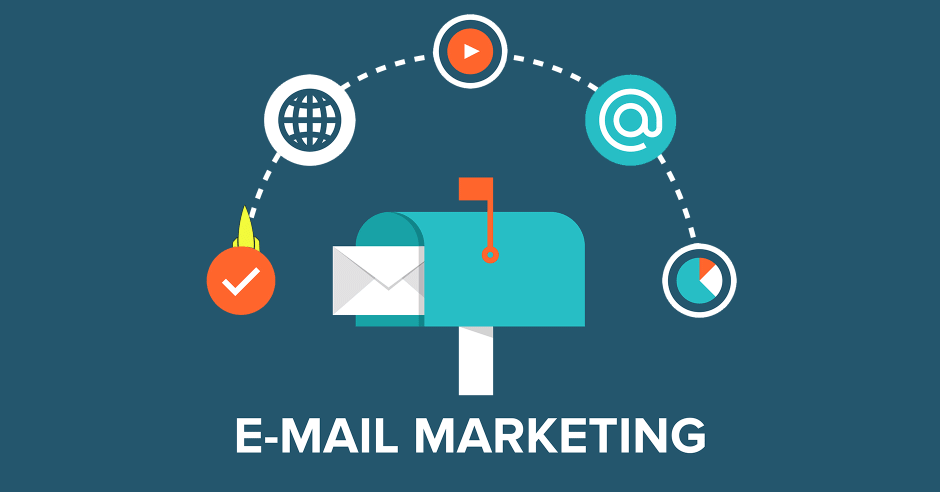
If you are getting AI tools to write email marketing content for your brand, make sure to add a personal touch and your brand voice to the email before sending it.
You may have email designs and samples that previously worked for your brand. Mix these with the AI-generated email content to create compelling emails and call to action (CTAs).
The idea is to keep emails relevant to your customers while adding a touch of your brand voice.
9. Use Different AI Tools
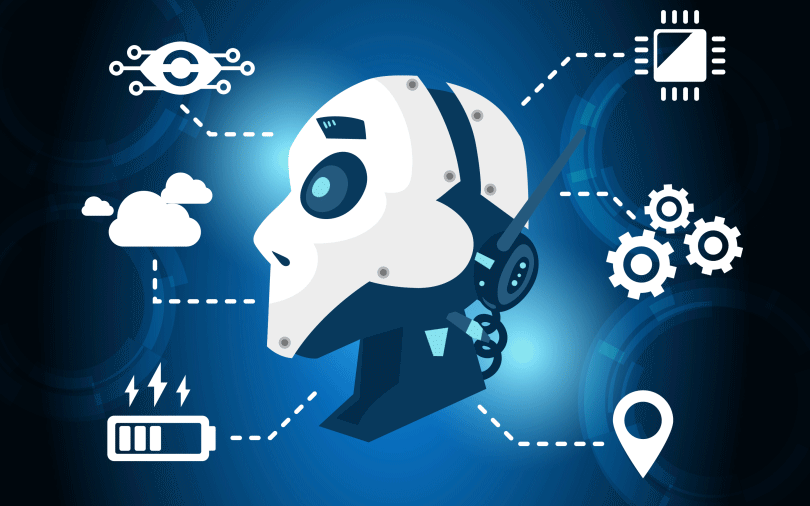
Rather than using a single AI tool for the entire content or for all types of content, find and use different tools for different purposes.
Just like the different stages in a content creation process, different AI tools have their unique specialisations.
For instance, some tools are great for research, while others can help speed up the content generation process. There are also AI tools that can proofread and edit your content and tools that can publish and/or promote it.
To save time in your writing process, find and use multiple tools that can help at different stages.
Conclusion
AI may be able to write a lot of content fast, but AI-generated content will still need to be edited by a human writer and add personalisation to make it user-friendly and engaging.
AI is not here to replace content writing; it cannot. But, AI can definitely assist writers to create better content fast.
To ensure Artificial Intelligence content is of high quality, genuine and factually correct, you need to get a professional writer or editor to check and modify it and add context to it.
When generating content using tools, make sure to consider your brand voice and edit the content to add humanisation and personality to it.
Gif Source: Google

